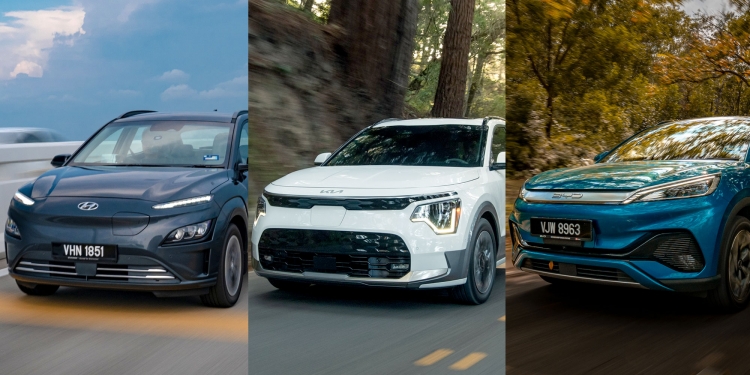The Kia Niro EV is the latest fully electric vehicle to hit the Malaysian market and it ticks pretty much all the right boxes for a compact electric SUV. With a price tag of RM256,668, the Niro EV is entering a very competitive segment of the market. In fact, some of the compelling rivals come from Hyundai, which is a brand under the same group as Kia.
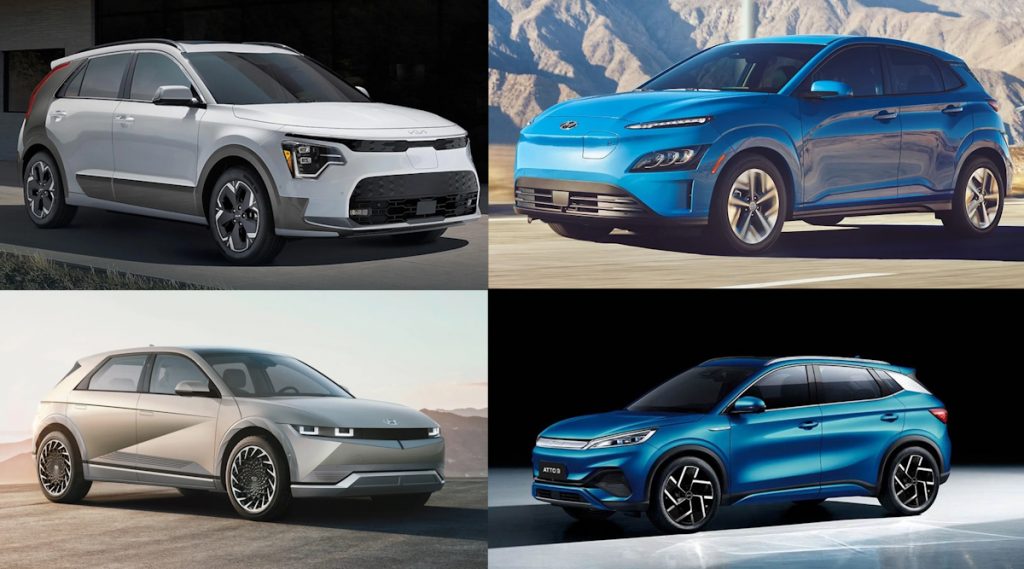
In terms of pricing, the Niro EV is generally going head-to-head with the Hyundai Kona Electric and Ioniq 5. Some may argue that Ioniq 5 is not a compact SUV due to its size but interestingly, its RWD variants are actually priced much lower than the Niro EV.
When it comes to dimenions and offering, the Niro EV’s is actually very similar to the BYD Atto 3 which is currently the most popular electric SUV at the moment.
Here’s a quick comparison of the specs and dimensions:
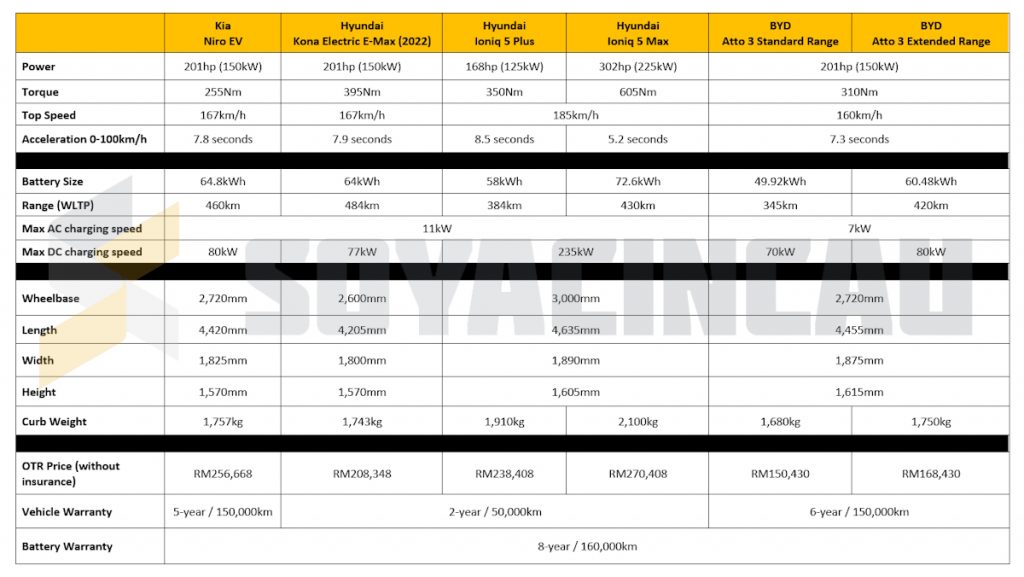
Kia Niro EV vs Hyundai Kona Electric (2022)
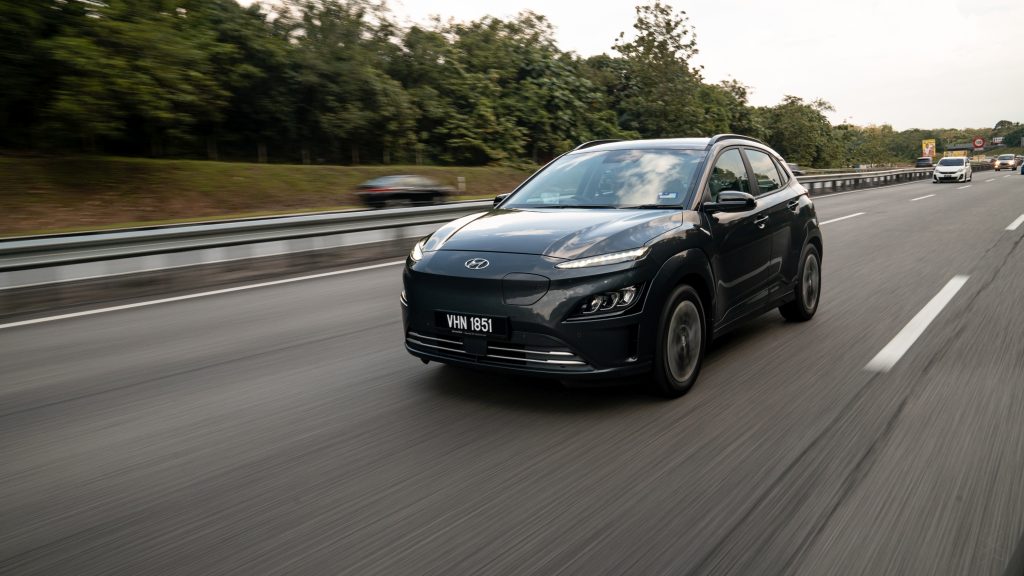
The Hyundai Kona Electric is one of Niro EV’s closest rivals coming from South Korea. Unlike the Niro EV, Kona Electric has three different variants in Malaysia but the Kona Electric E-Max is the best match due to its 201hp power output and 64kWh battery capacity.
Right off the bat, one thing that made Niro EV superior to Kona Electric is space, especially rear legroom. As noted in our Kona Electric review, space for rear occupants is atrocious and it is the Achilles heel for the crossover.
While we certainly need more time with the Niro EV, we can tell from our experience at the launch that legroom for rear passengers is not an issue at all. After all, the Niro EV is slightly larger and has a longer wheelbase than Kona Electric.
Although the Niro EV is 14kg lighter and has similar power output, it still loses out slightly to the Kona Electric in range despite having a similar battery capacity of about 65kWh. It is worth pointing out that the Kona has more torque at 395Nm versus 255Nm on the Niro.
If you look at the price point alone, it is hard to ignore the fact that the Niro EV costs RM48,320 more than the Kona Electric E-Max. It is also worth pointing out that Kia provides a significantly longer vehicle warranty period than Hyundai which requires customers to pay extra to upgrade from a 2-year/50,000km to an extended 5-year/100,000km warranty.
Kia Niro EV vs Hyundai Ioniq 5
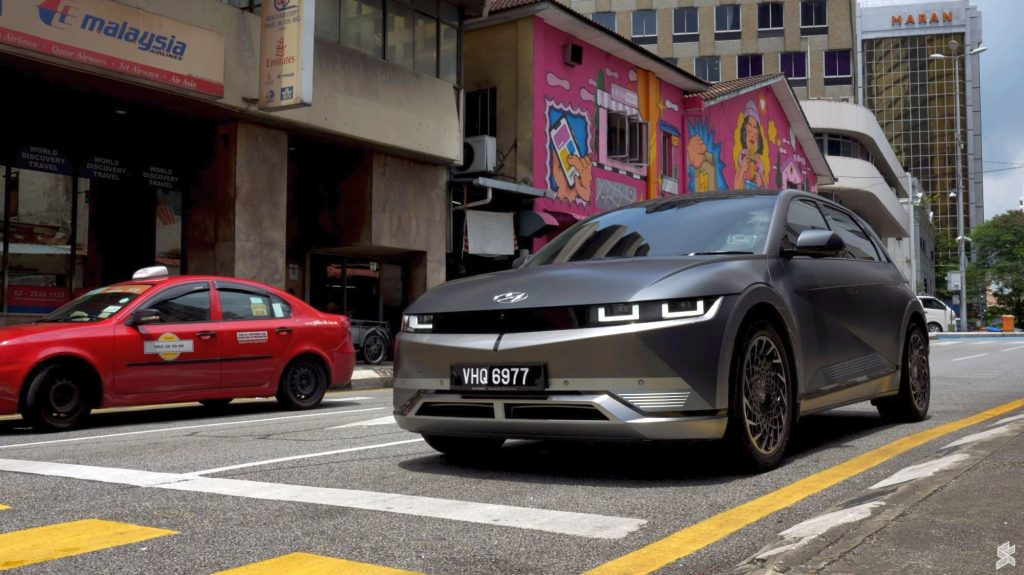
Niro EV is more expensive than Hyundai Ioniq 5? That is one of the most common responses that we got after the official Malaysia price for Niro EV was revealed.
Well, the answer is both yes and no. If you compare Niro EV’s price with the Lite and Plus variant of the Ioniq 5, then it is true that Kia’s new offering costs more. For most people who do over 95% of trips for day-to-day commutes, the Ioniq 5 Plus which has a 168hp rear motor and 384km range from a 58kWh battery should be more than sufficient. In addition, the Ioniq 5 built on an EV-dedicated e-GMP platform with a 3,000mm wheelbase is huge and this translates to superior cabin space for all five passengers.
However, if you need more power and more range, then you’ll need to look at the highest Ioniq 5 Max variant that gives you an all-wheel drive setup, 430km of range and significantly more performance for an additional RM13,740. That’s quite a minor top-up for a much bigger car which is a higher segment than the Niro EV.
On the flip side, the Ioniq 5’s 800V architecture allows it to take better advantage of high-powered DC fast chargers, resulting in shorter wait times at the charging station. When plugged into an ultra-fast DC charger, the Ioniq 5 can do 10-80% charge in just 18 minutes.
Similar to the Kona, the Ioniq 5 comes with a shorter 2-year/50,000km warranty and customers will need to add on RM10,000 for the extended 5-year/100,000km warranty.
Kia Niro EV vs BYD Atto 3
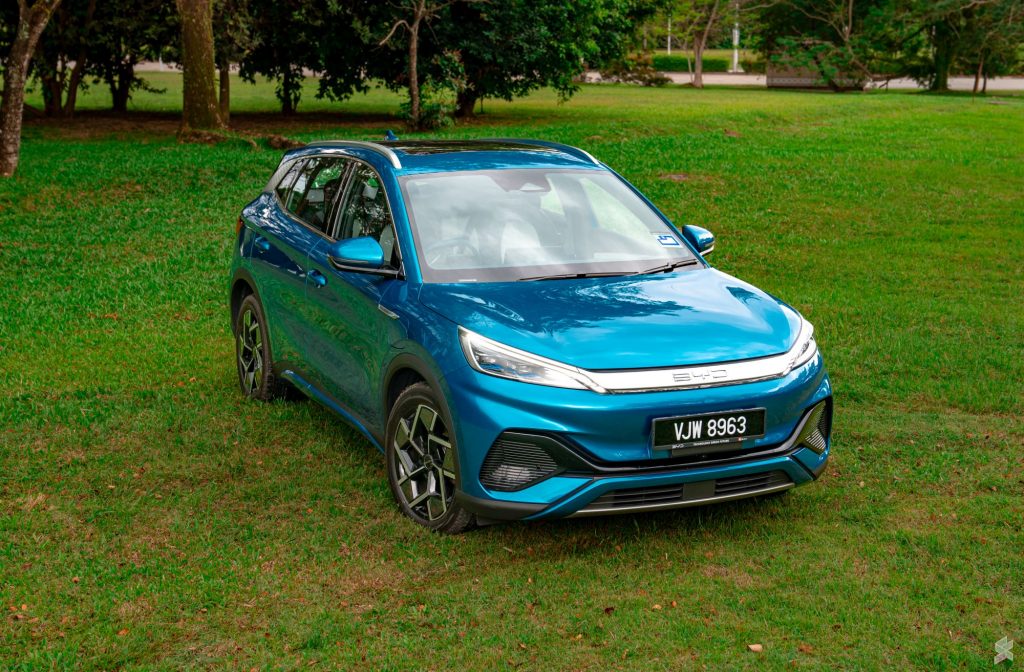
Understandably, some may feel that the BYD Atto 3 does not belong to this comparison as it is up to RM106,283 cheaper than the Niro EV. Once you looked at both spec sheets side by side, you’ll notice that the Atto 3 has a similar footprint and performance as the Niro EV.
In terms of claimed range, Niro EV (Battery: 64.8kWh, Rated range: 460km) has a slight advantage over the Atto 3 Extended Range model (Battery: 60.48kWh, Rated range: 420km) on paper. While it is claimed that BYD’s LFP batteries can be charged up to 100% on a daily basis, the biggest limitation of the Atto 3 is its charging speed. The Atto 3’s AC on-board charger only supports up to 7kW on a single phase while most EVs in the segment could do 11kW when plugged into a three-phase outlet. This means the Atto 3 will take a longer time to charge but it isn’t really an issue if you can charge it at home overnight.
Meanwhile, BYD Malaysia’s vehicle warranty is probably the best at the moment for an EV with a 6-year/150,000km warranty, which is a year longer than the Kia Niro EV. Battery warranty is similar with an 8-year/160,000km coverage.
Would you get the Kia Niro EV?
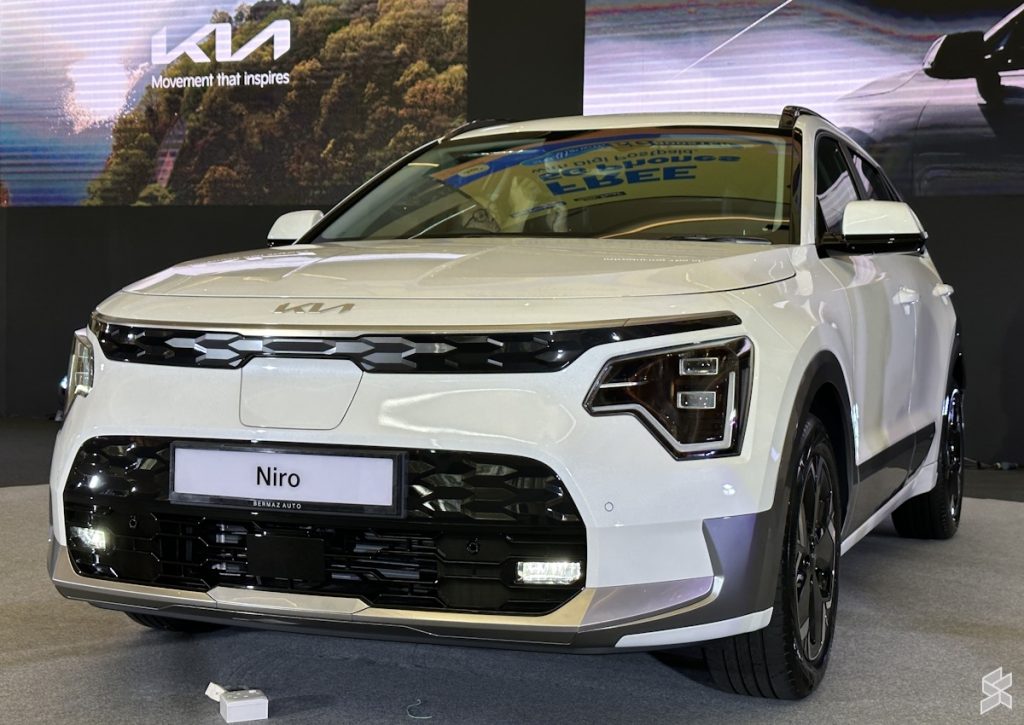
Does the Niro EV have a fighting chance in our market given its RM257k price tag? Based on our comparison, Kia Malaysia may need to work a lot harder to convince EV buyers to pay more for what’s essentially a compact electric SUV. The BYD Atto 3 which has similar dimensions and performance undercuts it by a huge margin while the Kona Electric e-Max is still quite a competent compact electric SUV at nearly RM50,000 less if you don’t mind the space constraints.
The Malaysian market already has several compelling options that can give the new Niro EV a run for its money. At over RM250,000, it is encroaching on larger, premium and high-performance electric SUV options such as the Hyundai Ioniq 5, BMW iX1, Volvo XC40 EV and the Volvo C40.
Perhaps, the practicality and driveability of the Niro EV could justify its asking price. We will only know once we get the opportunity to take it for a spin. What do you think of the Kia Niro? Would you get this over the BYD Atto 3, Kona Electric or the Ioniq 5? Let us know in the comments below.

